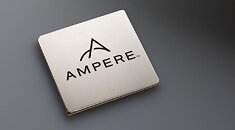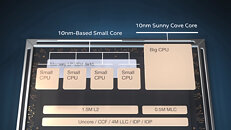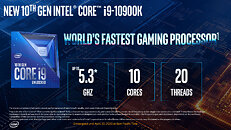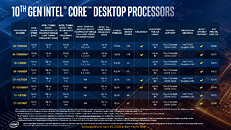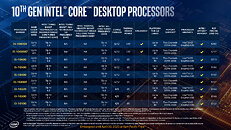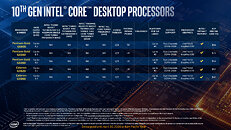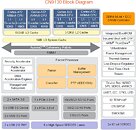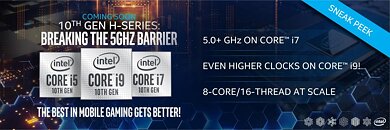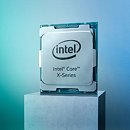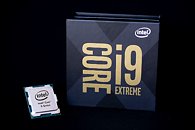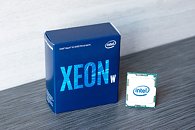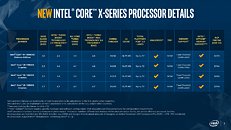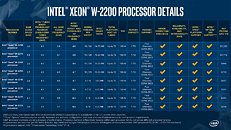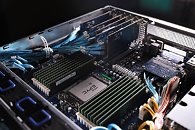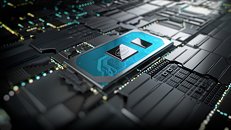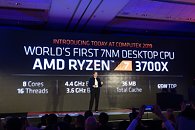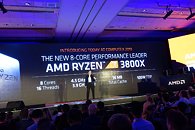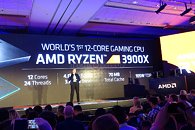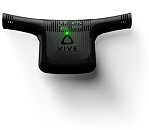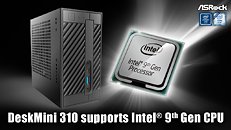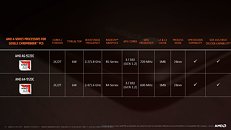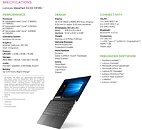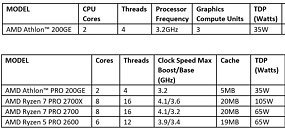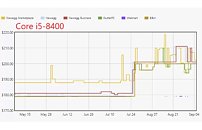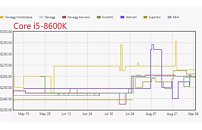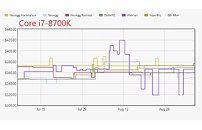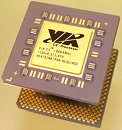
Intel Ice Lake-SP Processors Get Benchmarked Against AMD EPYC Rome
Intel is preparing to launch its next-generation for server processors and the next in line is the Ice Lake-SP 10 nm CPU. Featuring a Golden Cove CPU and up to 28 cores, the CPU is set to bring big improvements over the past generation of server products called Cascade Lake. Today, thanks to the sharp eye of TUM_APISAK, we have a new benchmark of the Ice Lake-SP platform, which is compared to AMD's EPYC Rome offerings. In the latest GeekBench 4 score, appeared an engineering sample of unknown Ice Lake-SP model with 28 cores, 56 threads, a base frequency of 1.5 GHz, and a boost of 3.19 GHz.
This model was put in a dual-socket configuration that ends up at a total of 56 core and 112 threads, against a single 64 core AMD EPYC 7442 Rome CPU. The dual-socket Intel configuration scored 3424 points in the single-threaded test, where AMD configuration scored notably higher 4398 points. The lower score on Intel's part is possibly due to lower clocks, which should improve in the final product, as this is only an engineering sample. When it comes to the multi-threaded test, Intel configuration scored 38079 points, where the AMD EPYC system did worse and scored 35492 points. The reason for this higher result is unknown, however, it shows that Ice Lake-SP has some potential.
This model was put in a dual-socket configuration that ends up at a total of 56 core and 112 threads, against a single 64 core AMD EPYC 7442 Rome CPU. The dual-socket Intel configuration scored 3424 points in the single-threaded test, where AMD configuration scored notably higher 4398 points. The lower score on Intel's part is possibly due to lower clocks, which should improve in the final product, as this is only an engineering sample. When it comes to the multi-threaded test, Intel configuration scored 38079 points, where the AMD EPYC system did worse and scored 35492 points. The reason for this higher result is unknown, however, it shows that Ice Lake-SP has some potential.


